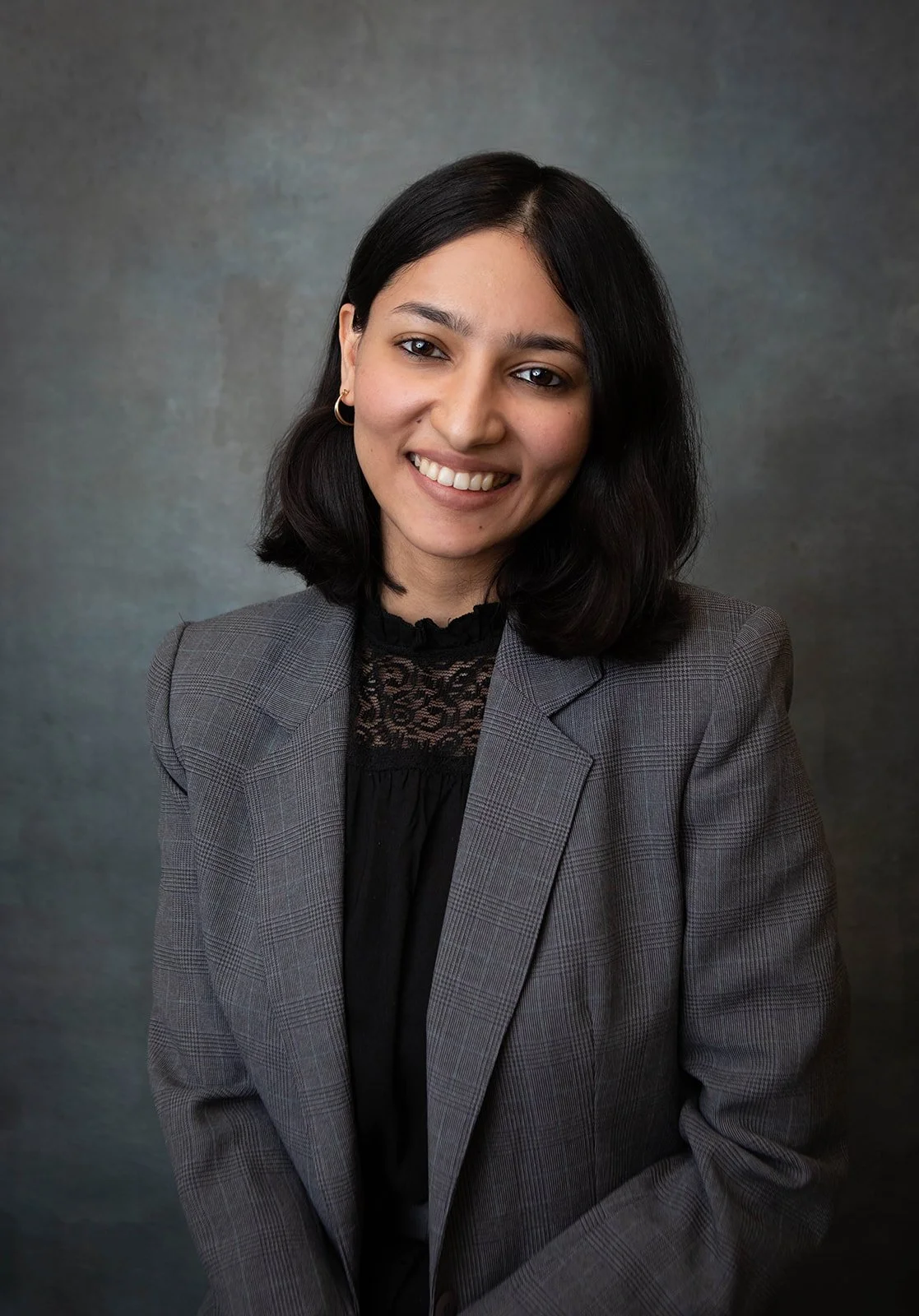Oral Health is a Justice Issue – Not a Luxury
I’ve seen toothaches dismissed as inconveniences until they became emergencies. In rural India, patients travelled miles only when the pain was unbearable. Preventive care was a privilege, not a norm. Even in cities, where clinics were closer, cost and low awareness kept many away. Later, while coordinating care for Medicaid patients in California, I saw a different version of the same injustice. People had insurance but no access, blocked by low provider participation, confusing rules, and long waitlists. Different countries, different systems, same result: preventable pain, because oral health is treated as optional. It’s not. The mouth is part of the body. When health systems exclude it, they are making a political choice, often shaped by limited public health budgets, the separation of dental and medical care, and a lack of political pressure to prioritize marginalized communities. These choices reinforce inequality and erode dignity.
This isn’t just a personal observation; it’s a global crisis. Oral diseases affect 3.5 billion people, making them the most common noncommunicable disease worldwide.1 Yet oral health is still excluded from many health systems, especially in low- and middle-income countries, where services are scarce and often unaffordable.2 Even in wealthier countries, dental care is frequently left out of universal health coverage. In 2021, the World Health Assembly called for oral health to be integrated into primary care. But progress remains slow: only 23% of the global population has access to essential oral health services today.3 Still, there are promising examples. Thailand has successfully integrated oral health into its Universal Coverage Scheme, enabling 80% of the population to access preventive, routine, and advanced dental care as part of its government health benefit package.4 Similarly, Brazil’s “Smiling Brazil” program, launched in 2004, has brought oral health into its Family Health Strategy, scaling up public dental services through over 28,000 oral health teams.5 By 2010, more than 135 million Brazilians, 71% of the population, had coverage, especially in underserved regions, with significant reductions in tooth decay among children.5 These successes show what’s possible. But in most places, a different reality persists: a silent epidemic, fueled by systemic neglect.
In the U.S., oral health continues to sit on unstable ground. Medicaid still guarantees dental care for children, but adult coverage depends on state budgets and shifting political will. In some places, services have expanded; in others, they’ve been quietly erased. Earlier this year, the CDC’s Division of Oral Health was eliminated, removing a key source of federal leadership on prevention programs like school sealants and water fluoridation.6,7 At the local level, fluoride is being pulled from public water systems that have relied on it for decades. These aren’t isolated decisions; they’re part of a larger pattern of disinvestment, one that leaves low-income communities, children, and older adults more vulnerable to disease and pain. Even in a country with immense resources, the message remains the same: oral health can wait.
At Johns Hopkins, I had the opportunity to support the Global Oral Health Symposium organized by Solidarity Dental and the Centre of Global Health, an event that brought together voices from across disciplines to ask bold questions about why oral health remains excluded from public health priorities. As President and Founder of the Johns Hopkins Oral Health Society, I worked to bridge the gap between dentistry and public health by creating space for advocacy, collaboration, and meaningful dialogue. I also testified in support of a Maryland bill to expand school-based dental care, which was later signed into law. The bill allows licensed dental hygienists to deliver preventive care directly in schools under general supervision, reducing access to barriers and ensuring more children receive cleanings, sealants, and screenings where they already learn. Advocating for this legislation, first in the House and later as part of the lead panel in the Senate, reminded me that policy isn’t just paperwork; it’s how we lead, how we protect, and how we build healthier futures. On the Pathways to Public Health: Inside the Johns Hopkins Bloomberg School of Public Health podcast, I reflected on how these moments, some large, many quiet, add up. Change doesn’t always begin with sweeping reform.8 Sometimes it starts with a story, a student club, a panel, or a piece of testimony. These small acts, when stitched together, form a movement. One that insists oral health is not a luxury, but a fundamental right.
This work is far from over. The barriers that keep oral health on the margins, whether policy gaps, political neglect, or cultural invisibility, are still deeply entrenched. But change is possible, and it’s already happening in classrooms, clinics, legislative halls, and communities. It happens every time someone speaks up, pushes for a policy, starts a conversation, or refuses to treat oral health as optional. Whether in India, Maryland, or California, the message must be the same: the mouth is not separate from the body. And oral health is not a luxury. It is a right worth fighting for.
Show up to the conversation at your school, your clinic, or your community board. Help keep prevention on the agenda. And where oral health is left out of the conversation, put it back in.
Authored: Saana Kataria
Saana Kataria is a dentist and recent MPH graduate from the Johns Hopkins Bloomberg School of Public Health. She founded the Johns Hopkins Oral Health Society and advocated for legislation to expand school-based dental care in Maryland. She recently appeared on Pathways to Public Health, a podcast by the Johns Hopkins Bloomberg School of Public Health, where she discussed advancing oral health equity through public policy and community leadership.


